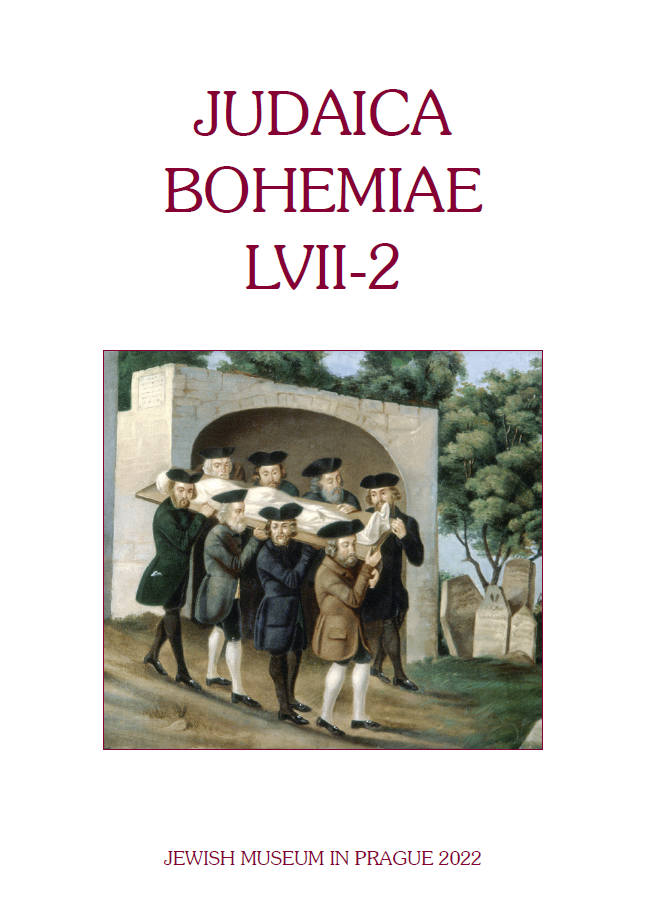Prague, the enchanting capital of the Czech Republic, is a city steeped in history and culture, with its historic streets serving as living testaments to its rich past. This article delves into the captivating history of Prague, highlighting the importance of its historic streets and their role in the city’s heritage. We will explore some of the top historic streets that embody the architectural brilliance and cultural essence of Prague. From cobblestone pathways to grand boulevards, these streets offer a glimpse into the city’s evolution over the centuries. Join us as we uncover the architectural highlights and cultural significance of Prague’s most iconic streets, revealing why they remain integral to its historical narrative.
Embark on a detailed exploration of this topic with ritarblog.com
1. Introduction
Prague, the enchanting capital of the Czech Republic, is a city that beckons travelers with its rich tapestry of history and culture. Nestled along the serene banks of the Vltava River, this vibrant metropolis boasts a blend of Gothic, Baroque, and Renaissance architecture, each telling its own story of a bygone era. The city’s historic streets are more than just thoroughfares; they are the very veins through which Prague’s lifeblood has flowed for centuries, shaping its unique character and heritage.
In this article, we will embark on a journey through time, exploring the profound history of Prague and the significant role its historic streets have played in shaping the city’s identity. These streets are not just paths trodden by countless feet over the years but are witnesses to the pivotal moments and everyday life that have defined Prague. We will uncover the charm and allure of some of the top historic streets, delving into their architectural highlights and understanding their cultural significance.
From the majestic Old Town Square to the picturesque lanes of Mala Strana, Prague’s streets offer a glimpse into the past while continuing to be vibrant hubs of activity today. Join us as we navigate these storied avenues, revealing why they are more than just roads but integral elements of Prague’s historical narrative and cultural fabric.
2. History of Prague

Prague’s history is a fascinating tapestry woven over a millennium, reflecting the diverse influences that have shaped the city into a cultural and architectural marvel. Founded in the 9th century, Prague quickly grew into an important center of trade and culture in Central Europe. By the 14th century, under the reign of Charles IV, it became the capital of the Holy Roman Empire. This era saw the construction of many iconic landmarks, including the Charles Bridge and St. Vitus Cathedral, which still dominate the city’s skyline.
The city’s fortunes waxed and waned through the centuries, enduring wars, occupations, and political upheavals. The Habsburgs, who ruled for nearly four centuries, left an indelible mark on Prague’s architecture and culture, blending Gothic foundations with Baroque grandeur. The 20th century brought significant challenges, including the impact of two world wars and decades of communist rule.
Despite these trials, Prague emerged resilient, preserving its historical heritage while embracing modernization. Today, it stands as a testament to endurance and transformation, with its historic streets serving as silent witnesses to the city’s complex and storied past. Exploring these streets offers a window into the eras that have shaped Prague into the beloved city it is today.
3. Importance of Historic Streets

The historic streets of Prague are more than mere passageways; they are vital arteries that connect the past with the present. These cobblestone lanes and grand boulevards are repositories of the city’s rich heritage, each bearing unique stories that contribute to Prague’s identity. Walking through these streets, one can trace the evolution of architectural styles, from medieval to modern, and witness the layers of history that have shaped the city’s cultural landscape.
These historic streets are crucial for understanding Prague’s development over the centuries. They provide context for the city’s architectural innovations and reflect the socio-political changes that have occurred. Moreover, they serve as living museums, where each building, monument, and public square tells a tale of the people who lived, worked, and made history there.
Beyond their historical value, these streets play a significant role in Prague’s contemporary life, attracting tourists from around the globe and contributing to the city’s vibrant atmosphere. They are places where history and modernity coexist, offering a unique experience that is quintessentially Prague.
4. Top Historic Streets in Prague

Prague’s historic streets offer a captivating journey through time, with each avenue revealing a distinct facet of the city’s rich heritage. Among the most iconic is the Charles Bridge, a 14th-century marvel that connects the Old Town with the Lesser Town. Lined with statues of saints and bustling with artists and musicians, it embodies the medieval spirit of Prague.
Another significant street is the Royal Route, which stretches from the Powder Tower to Prague Castle. This historic path was once the coronation route for Bohemian kings and is lined with architectural masterpieces, including the Gothic beauty of St. Vitus Cathedral and the Baroque splendor of St. Nicholas Church.
In the heart of the Old Town, the winding lanes around Old Town Square offer a glimpse into Prague’s vibrant past. Streets like Celetná and Karlova are lined with historic buildings, quaint shops, and charming cafes, making them perfect for leisurely exploration.
Nerudova Street in the Lesser Town is renowned for its picturesque houses adorned with ornate facades and intricate house signs, reflecting the city’s artistic heritage. This steep, narrow street leads up to Prague Castle, offering stunning views of the city below.
Each of these streets not only highlights Prague’s architectural grandeur but also serves as a living reminder of its storied past, inviting visitors to step back in time and experience the city’s enduring charm.
5. Architectural Highlights

Prague’s historic streets are a showcase of architectural brilliance, reflecting the city’s diverse cultural and historical influences. Among the architectural highlights is the Gothic masterpiece, St. Vitus Cathedral, located within the Prague Castle complex. Its soaring spires and intricate stained glass windows captivate visitors with their medieval grandeur.
The Charles Bridge stands out with its array of Baroque statues, each adding a layer of artistic depth to this 14th-century stone bridge. The bridge’s towers, Old Town Bridge Tower and Lesser Town Bridge Tower, are prime examples of Gothic architecture, offering panoramic views of the city.
On the Royal Route, the Powder Tower is a stunning example of late Gothic architecture, serving as the gateway to the Old Town. Nearby, the Old Town Hall features a blend of Gothic and Renaissance styles, with its Astronomical Clock being a marvel of medieval engineering.
Nerudova Street in the Lesser Town is renowned for its Baroque and Renaissance houses, each adorned with distinctive house signs like the Red Lion and the Golden Key. These signs once served as address markers in a time before house numbers.
In the Old Town, the Church of Our Lady before Týn is a striking Gothic structure, dominating the skyline with its twin spires. The Church of St. Nicholas in Lesser Town, a Baroque gem, dazzles with its ornate interior and grand dome.
These architectural highlights not only define Prague’s skyline but also narrate the city’s rich historical and artistic evolution, making each street a visual and cultural feast.
6. Cultural Significance
Prague’s historic streets are not just architectural wonders but also vibrant cultural epicenters that capture the essence of the city’s spirit. These streets have been the backdrop to centuries of social, political, and artistic developments, making them integral to understanding Prague’s cultural significance.
The Charles Bridge, beyond its architectural splendor, is a hub of cultural activity, hosting local artists, musicians, and craftsmen who bring the bridge to life with their talents. This lively atmosphere reflects Prague’s enduring tradition of supporting the arts and fostering a sense of community.
The Old Town Square, surrounded by historic streets like Celetná and Karlova, has been the heart of public life for centuries. It has witnessed important historical events, from medieval markets to political rallies, and remains a gathering place for both locals and tourists. The annual Christmas market and various cultural festivals held here showcase Prague’s rich traditions and vibrant cultural scene.
Nerudova Street, with its charming facades and historical house signs, offers insight into the daily lives of Prague’s past inhabitants, blending history with the city’s evolving cultural narrative. This street, along with others, encapsulates the seamless integration of Prague’s past and present.
Through these historic streets, Prague’s cultural heritage is preserved and celebrated, making them vital to the city’s identity and a testament to its enduring legacy.
7. Conclusion
Prague’s historic streets are more than mere pathways; they are the lifeblood of a city that has thrived for over a millennium. They tell the story of Prague’s evolution, from its medieval roots to its modern-day vibrancy, reflecting the architectural, cultural, and historical richness that defines this enchanting city.
Exploring these streets offers a unique journey through time, where each corner reveals a new facet of Prague’s storied past. From the grandeur of Charles Bridge to the picturesque charm of Nerudova Street, these thoroughfares connect us to the significant events and everyday lives that have shaped the city’s identity. Architectural marvels like St. Vitus Cathedral and the Powder Tower stand as testaments to Prague’s artistic and engineering prowess, while bustling squares and lanes like those around the Old Town Square pulse with cultural vitality.
These historic streets not only preserve the legacy of Prague’s past but also enhance its contemporary appeal, drawing visitors from around the world to experience their timeless charm. In understanding and appreciating the importance of these streets, we gain deeper insight into Prague’s unique character and enduring allure, ensuring that their stories continue to be told for generations to come.

